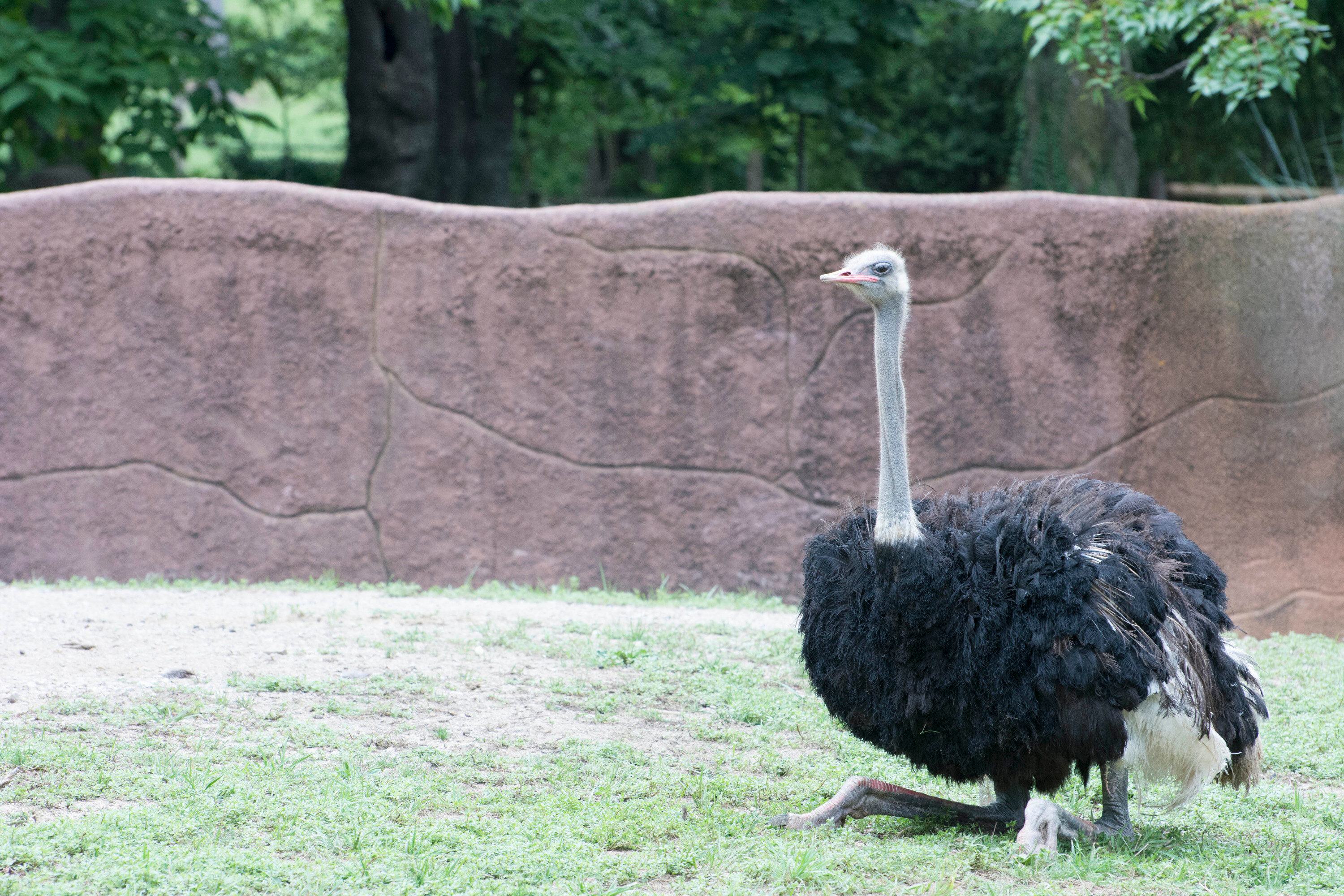
What is an Animal?

The Five Kingdoms
There are five kingdoms (or large groups) of life forms that live on our planet:
protists, bacteria, fungi, plants and animals.
Animals are the most abundant living things on Earth. Scientists estimate there are about 10 million animal species. They exist in a staggering array of forms and sizes, ranging from a few cells to creatures that weigh several tons. Though most animals live in the seas, they are found in every habitat on the planet. Animals share several important traits.
What makes an animal, an animal?
These are five characteristics that define most animals.
-
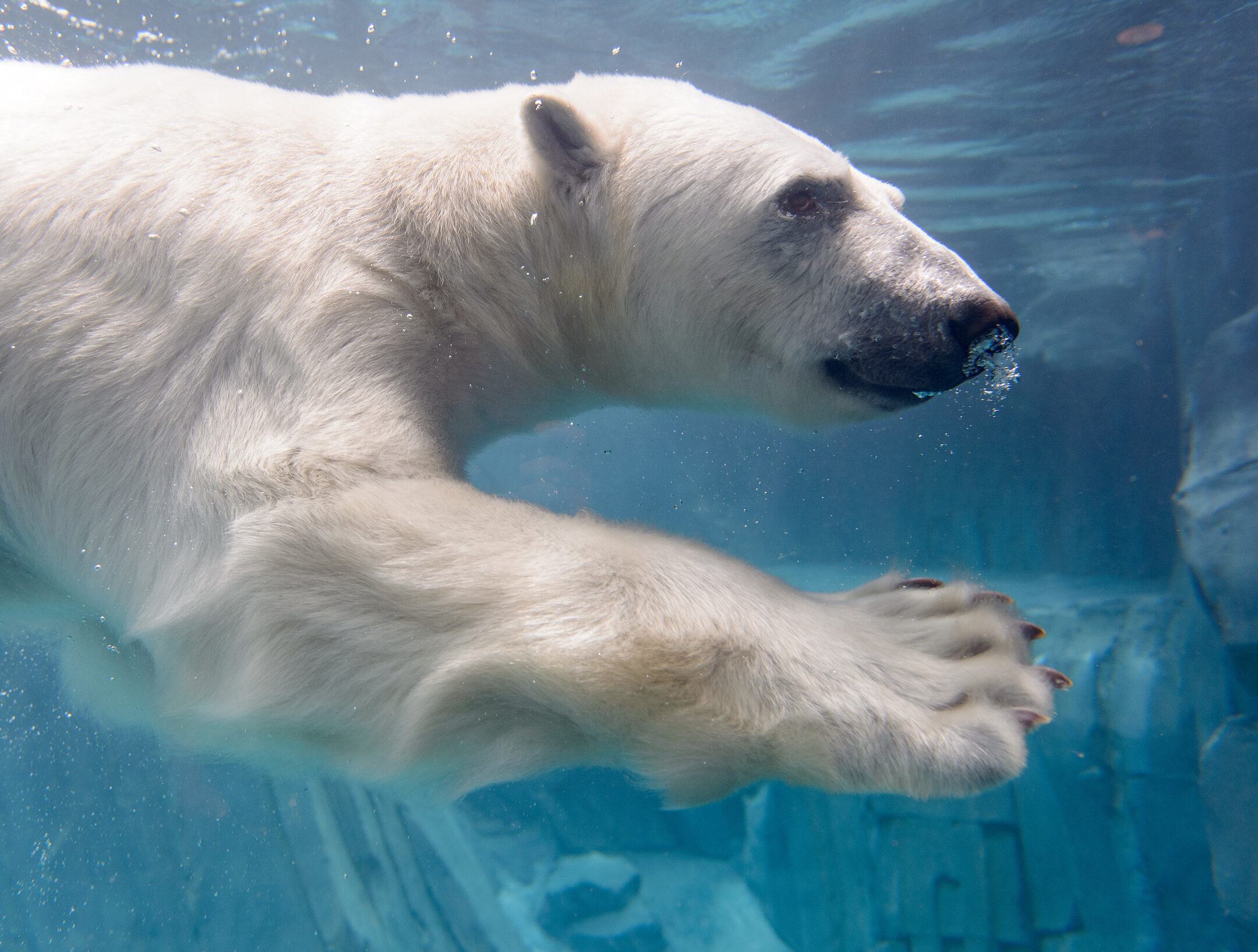
Are made of multiple cells
-
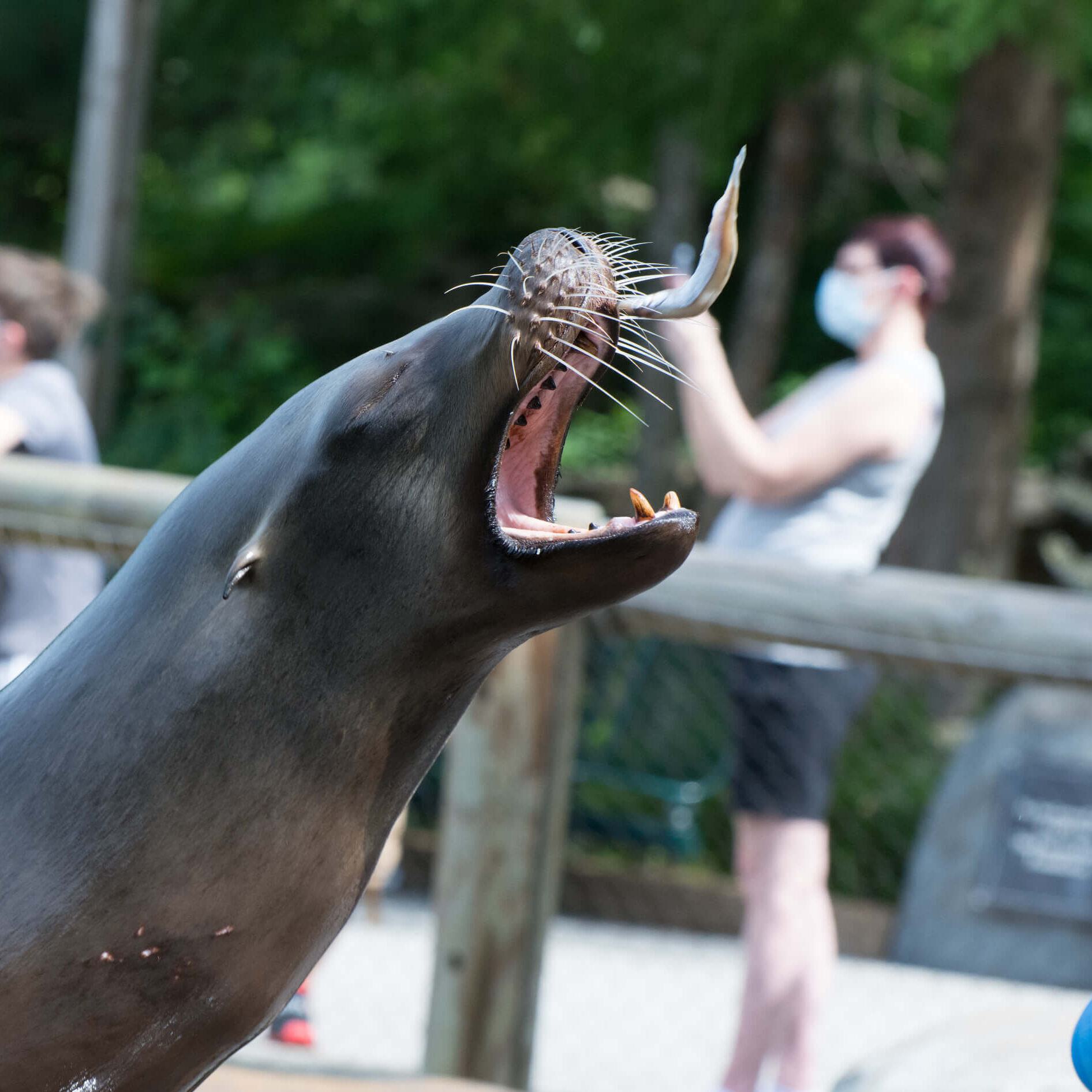
Eat living things for nutrients
-
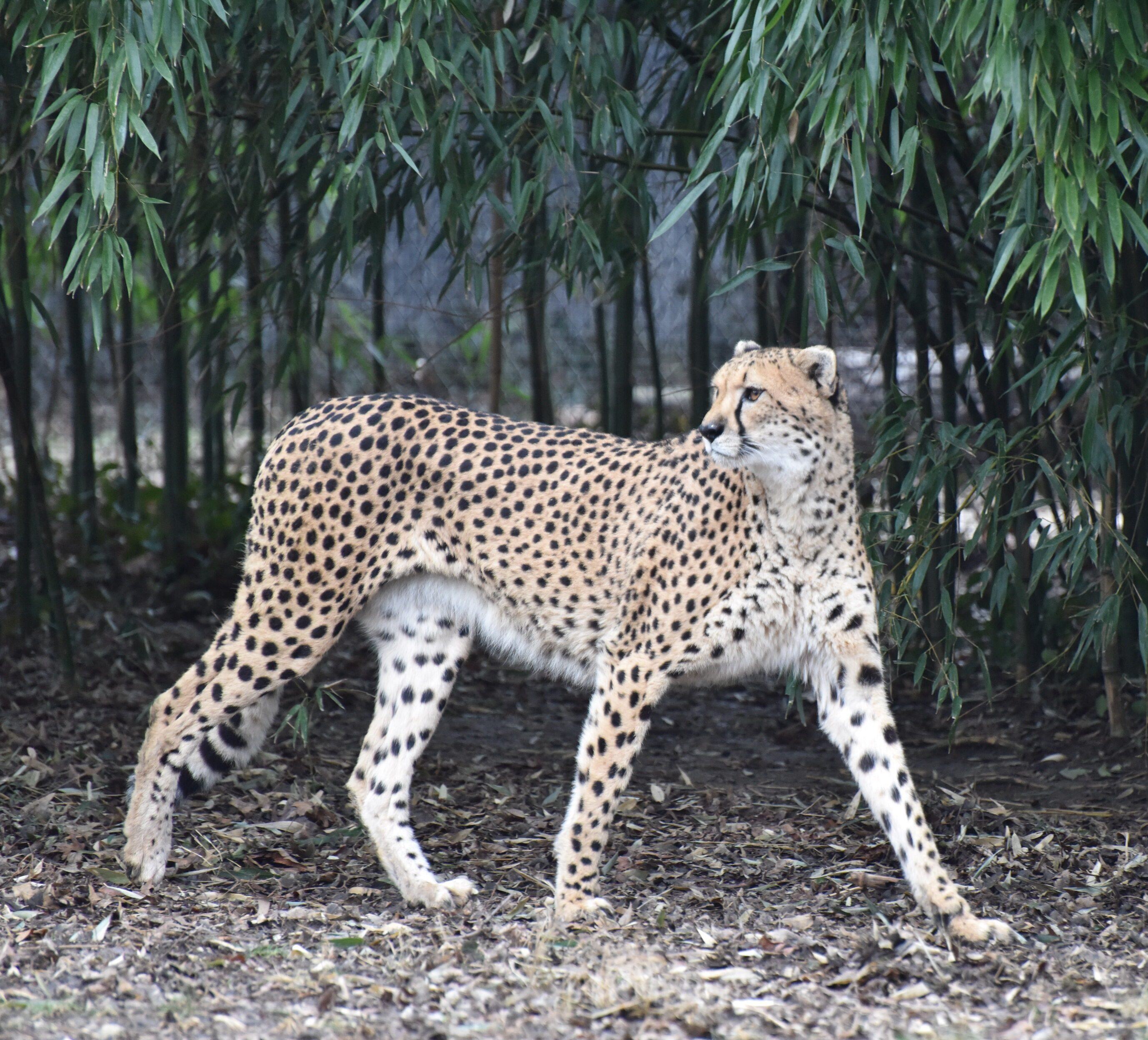
Physically move from place to place
-
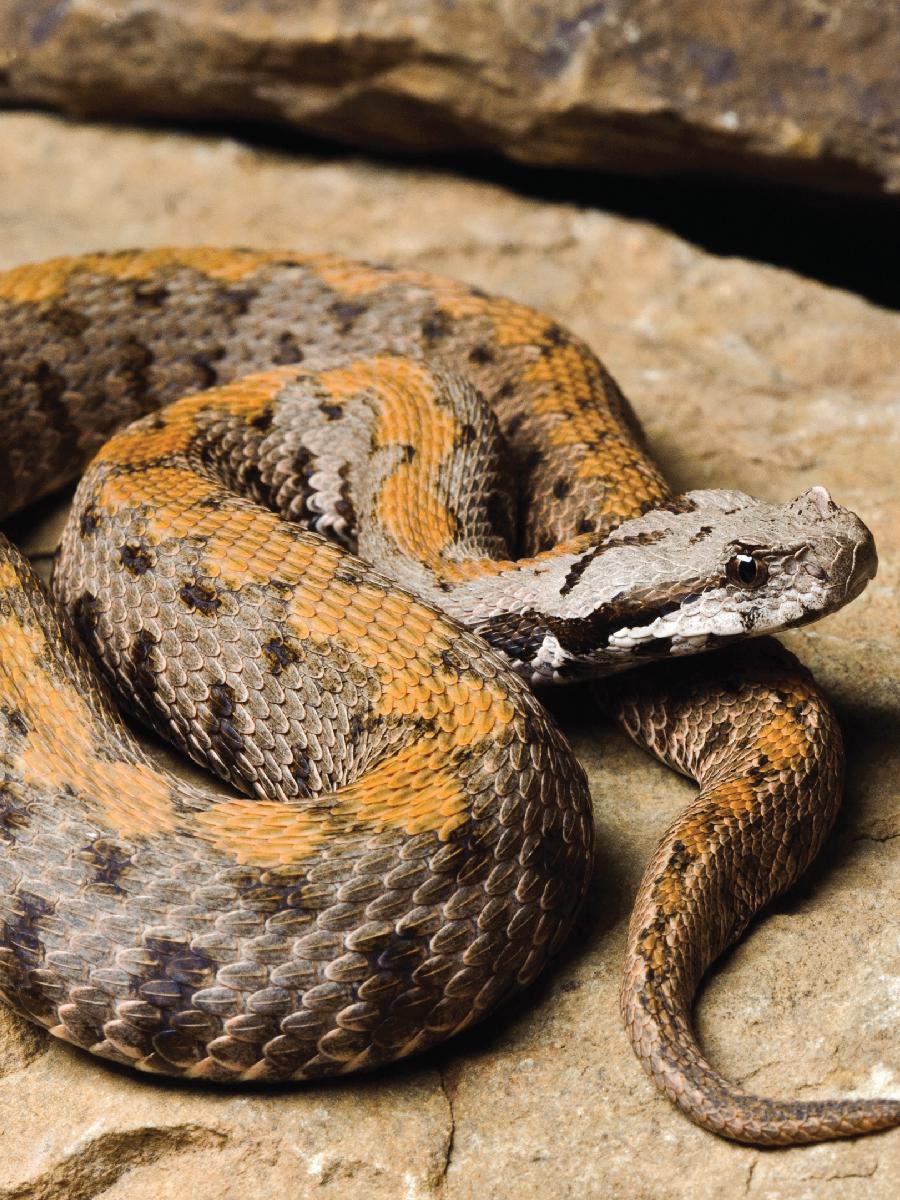
React quickly to their environment
-
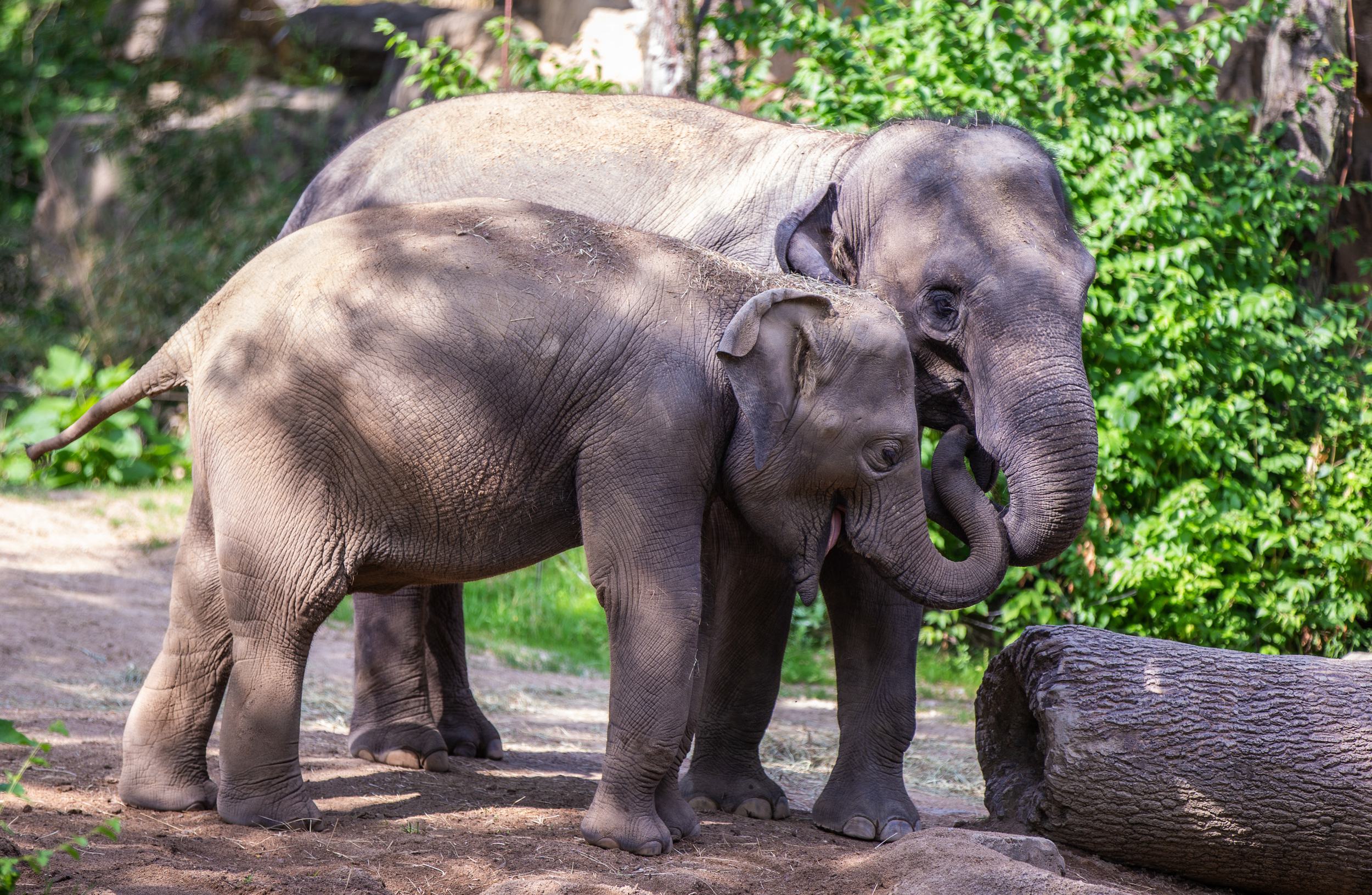
Propagate by sexual reproduction
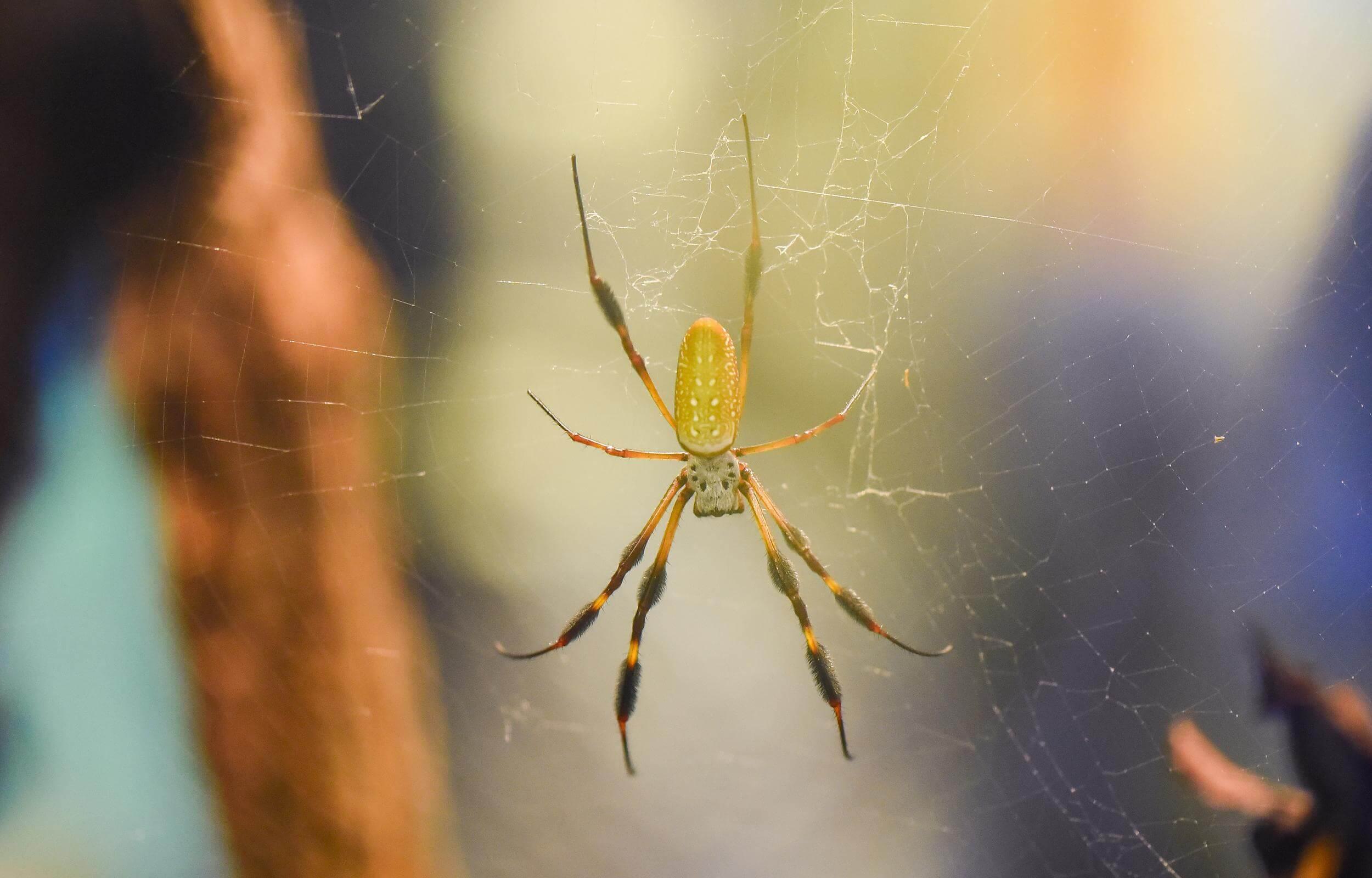
One Kingdom,
Two Groups
The Animal Kingdom is divided into vertebrates and invertebrates. Possibly 99% of all animal species are invertebrates, which means they lack a backbone. These include worms, jellies, anemones, snails, crabs, insects, and spiders. Animals with backbones, such as dogs, cats, and monkeys, are not nearly as common as invertebrates.
Only 1% of all animal species are vertebrates
-
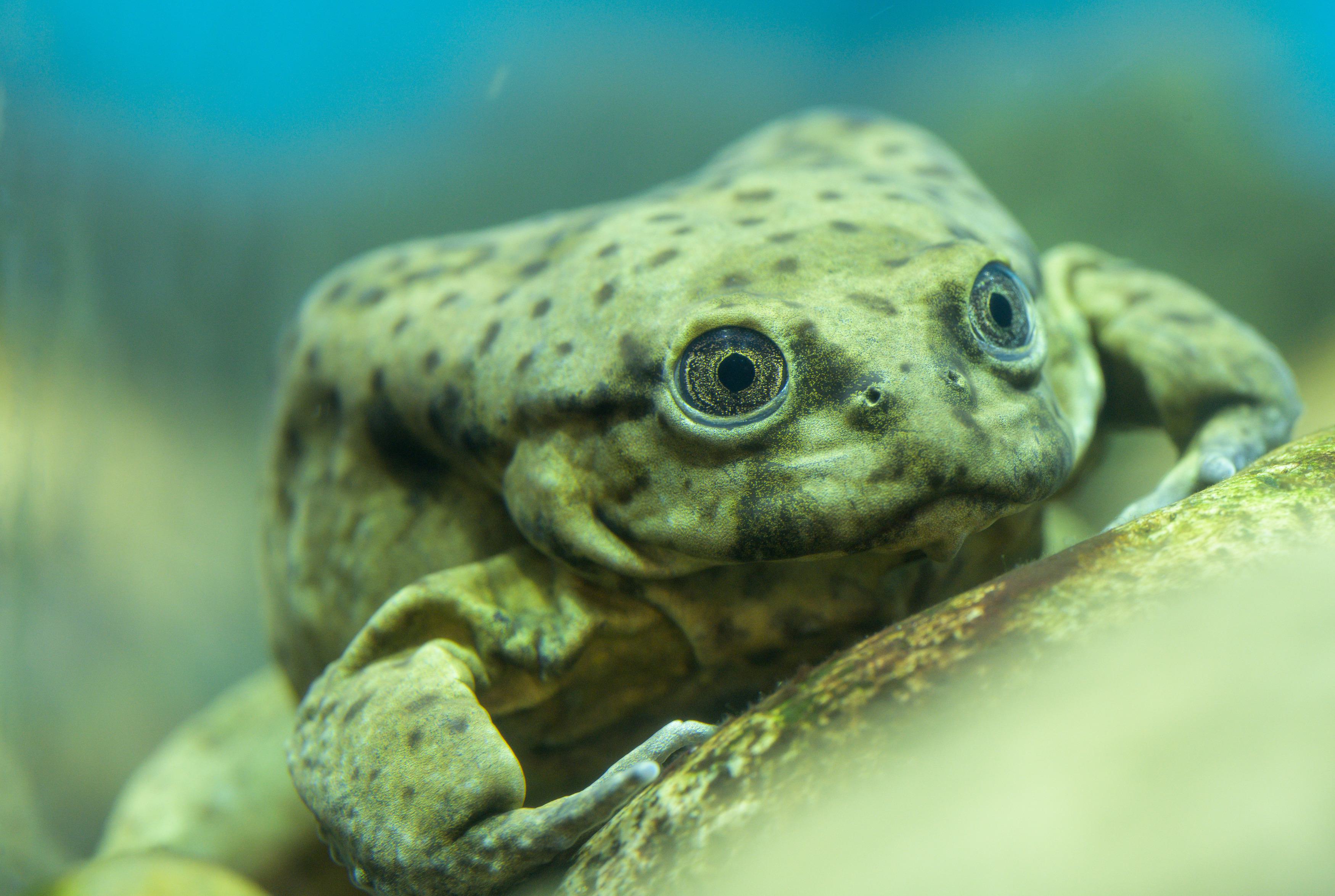 Amphibians
AmphibiansThere are more than 6,000 species of amphibians, divided into three main groups
-
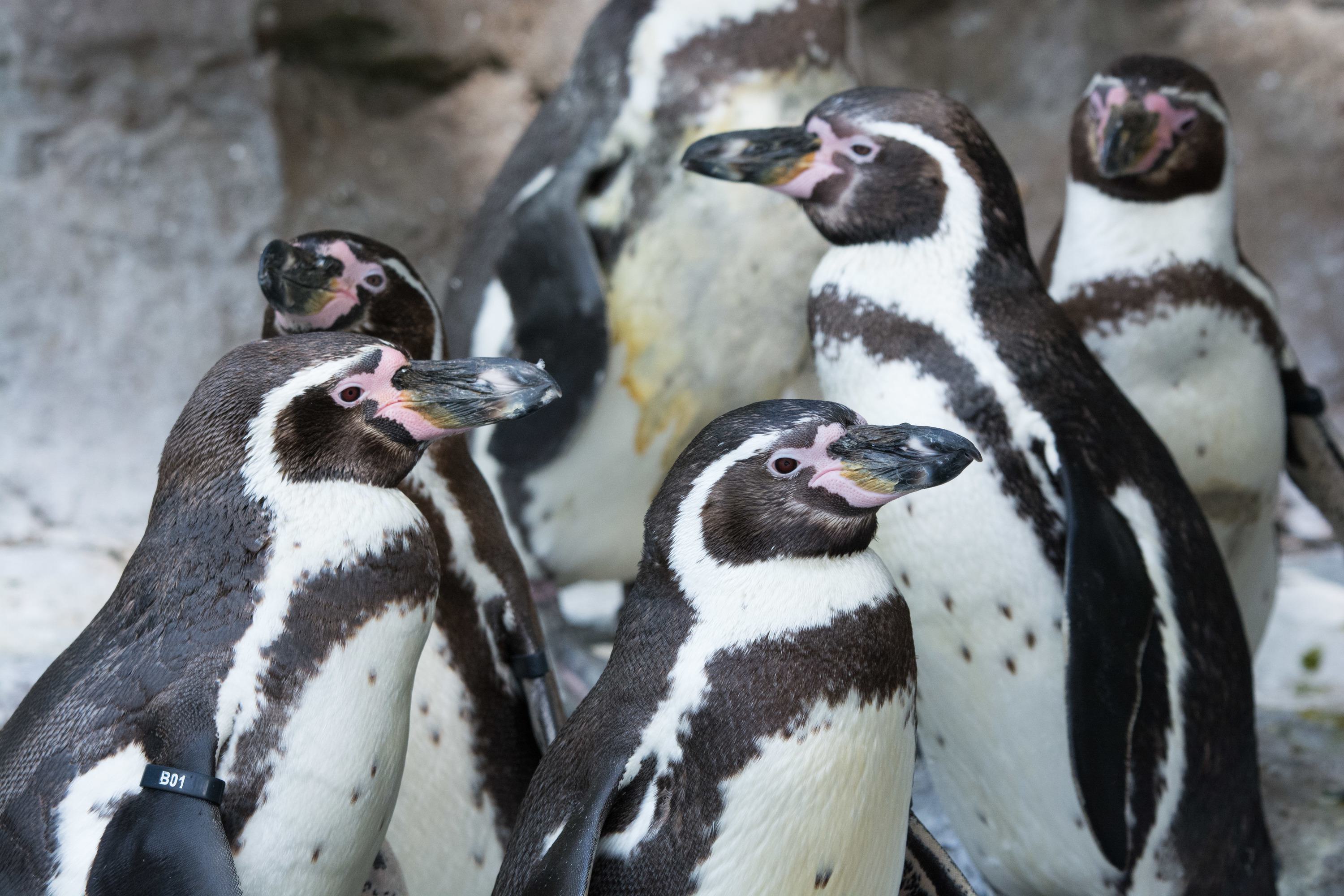 Birds
BirdsThere are more than 9,000 species of birds alive today, occupying all of the world's continents and habitats
-
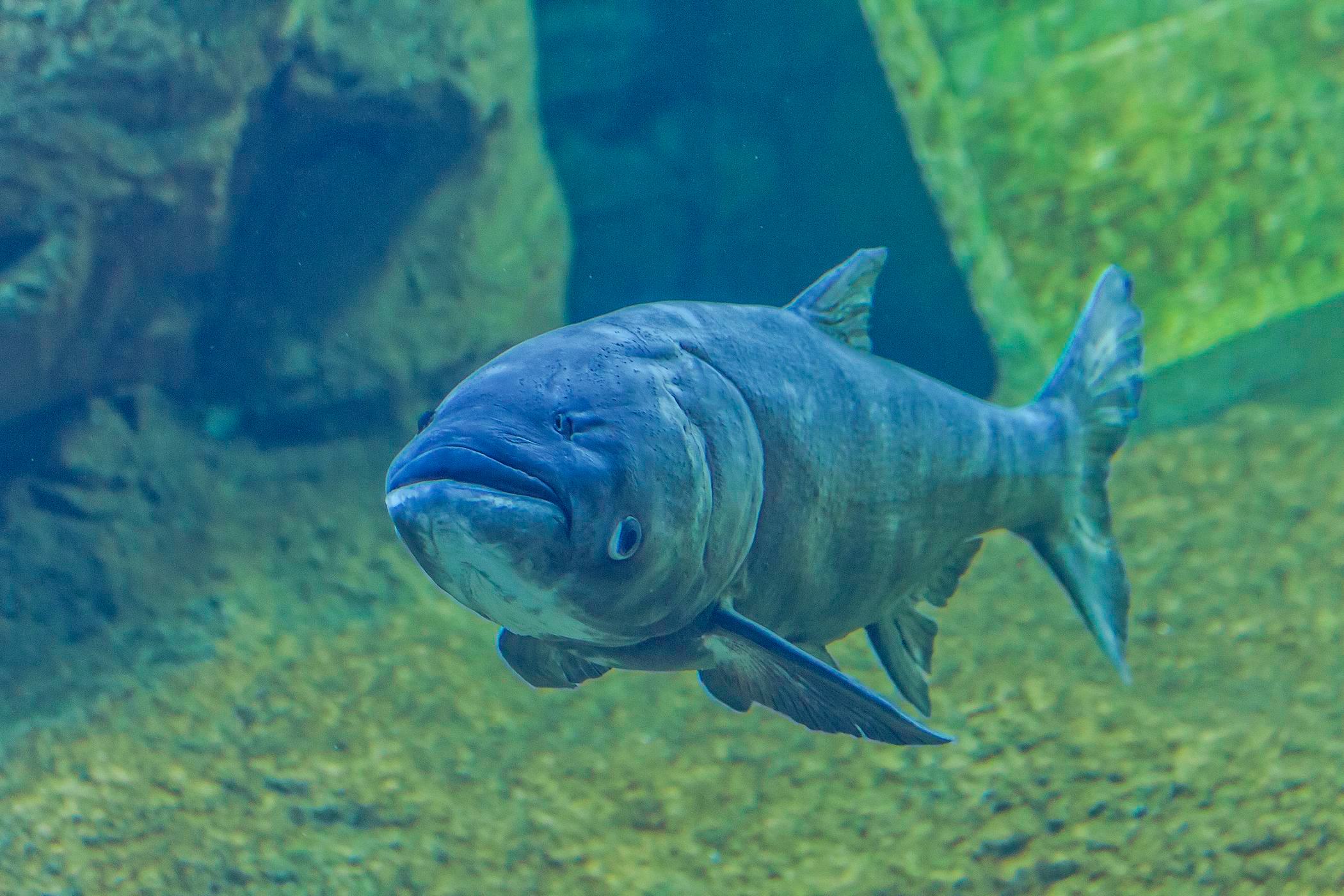 Fish
FishThe over 24,000 species of fish are divided into bony fish, jawless fish and cartilaginous fish
-
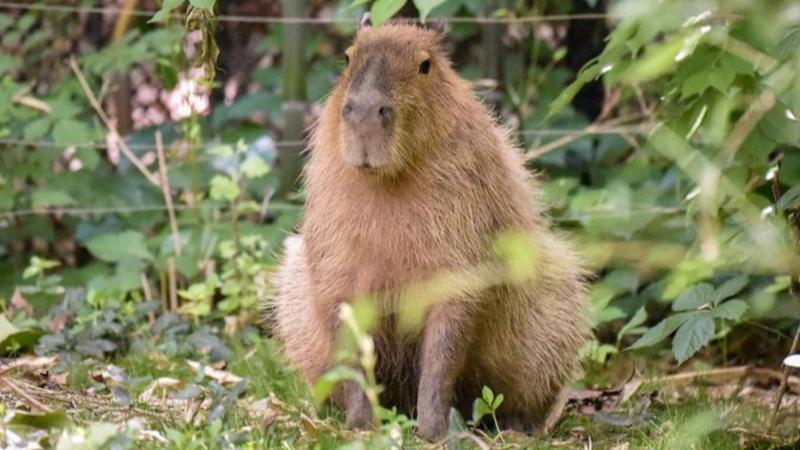 Mammals
MammalsNot just lions, tigers, and bears, there are more than 5,000 known species of mammals alive today
-
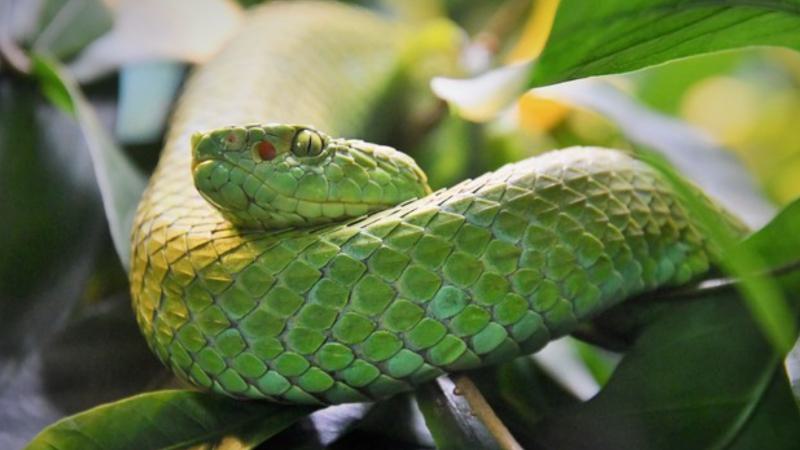 Reptiles
ReptilesThere are more than 7,700 species of reptiles

